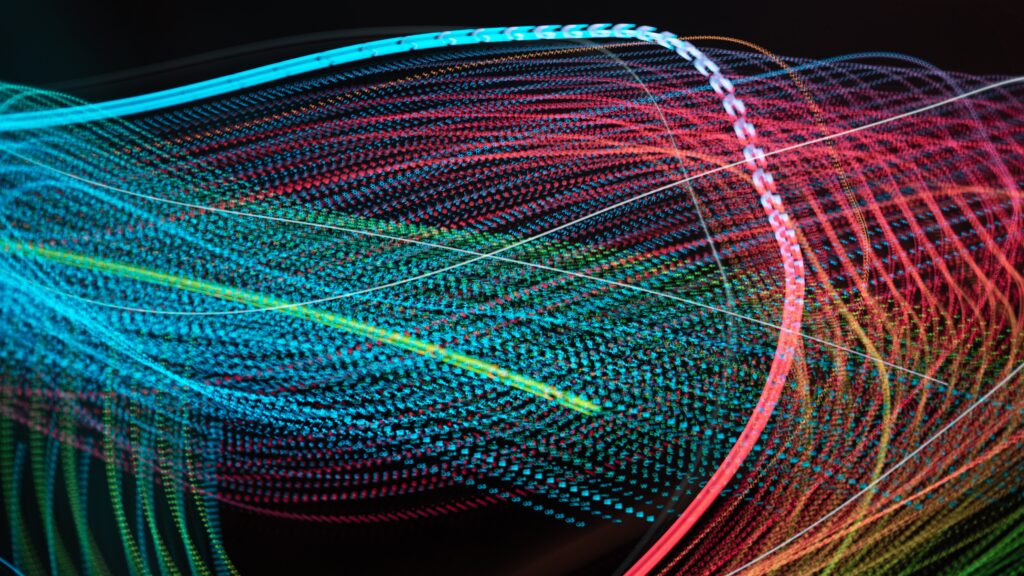
Yes, it’s almost 2024, and schools are still fighting the losing battle against student cell phones in class.
Sigh.
Some schools have partnered with companies to implement the use of pouches that students are required to put their phones into at the beginning of the day and that don’t unlock until the final bell rings, while others are threatening punishments including suspension if a student is caught with their phone, even at lunch time.
Yes, because even during lunch, we must ensure students have no control over their personal time. Good grief.
Renesha Parks, chief wellness officer at Richmond Public Schools in Virginia, told The Hill of a pilot policy being implemented in six schools at the beginning of 2024 to stop cellphone usage, partnering with Yondr, which creates magnetic pouches for cellphones. The measure will impact around 4,200 students and cost approximately $75,000. (emphasis mine)
Here’s an idea: shift the educational focus from boring content without connection to the real world to more authentic learning experiences. I bet cell phones only come out when they are needed to accomplish a task.
Also, educators, how many of you put your phone away during a training session? A staff meeting?
Just sayin’…
The Eclectic Educator is a free resource for everyone passionate about education and creativity. If you enjoy the content and want to support the newsletter, consider becoming a paid subscriber. Your support helps keep the insights and inspiration coming!








